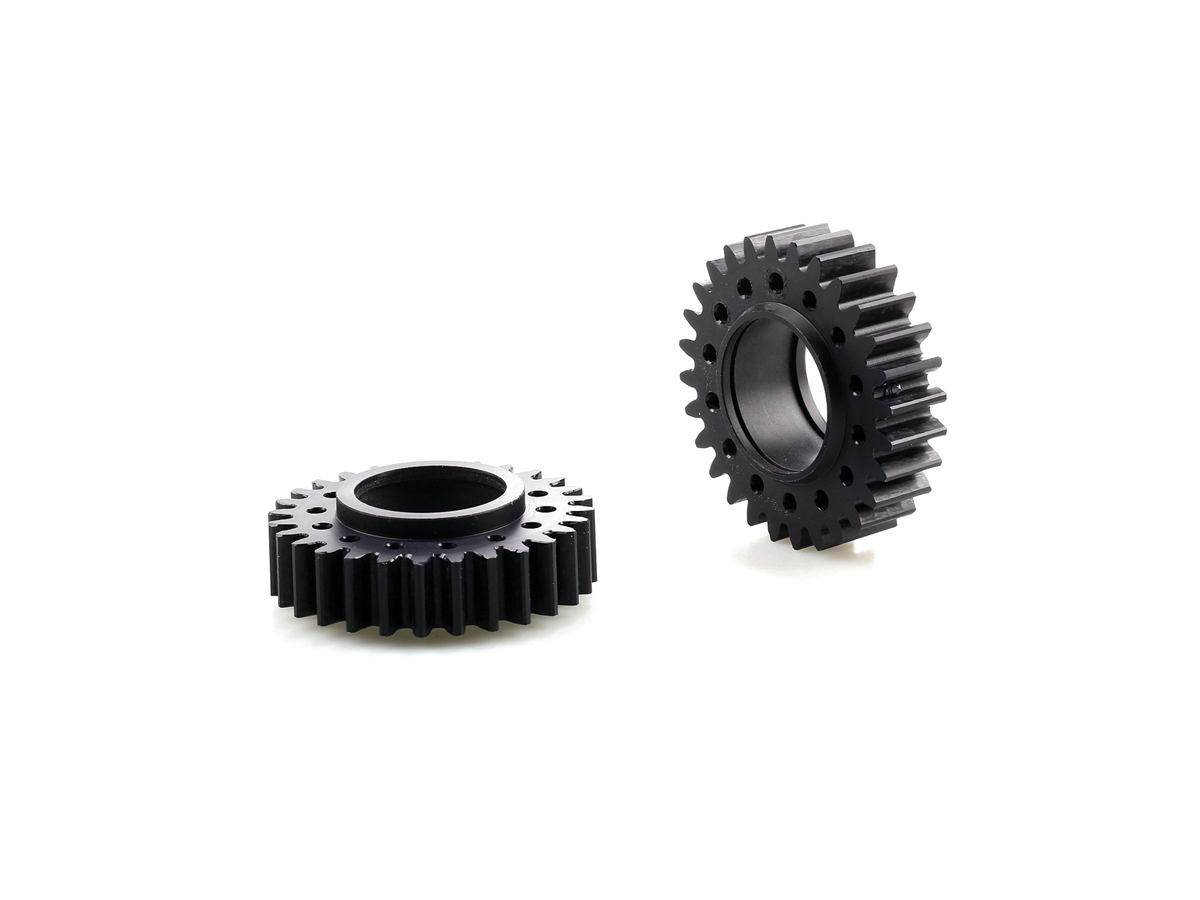CNC Machining Services for Polycarbonate: Ideal for Impact-Resistant, Transparent Parts
Introduction to CNC Machined Polycarbonate Components for Impact Resistance and Transparency
Industries such as consumer electronics, medical devices, and automotive frequently require transparent materials with exceptional impact resistance, durability, and optical clarity. Polycarbonate (PC) stands out as an engineering thermoplastic renowned for its remarkable toughness, superior transparency (up to 90% light transmission), and excellent dimensional stability. Common CNC machined polycarbonate components include protective covers, lenses, medical instrument housings, automotive glazing, and safety shields.
Leveraging advanced CNC machining, polycarbonate parts can be precisely crafted to achieve exact geometries, tight dimensional tolerances, and outstanding optical-quality surfaces, ensuring reliability and durability across various demanding applications.
Comprehensive Analysis of Polycarbonate for Impact-Resistant, Transparent Components
Material Performance Comparison for CNC Machined Polycarbonate Components
Material | Tensile Strength (MPa) | Impact Strength (J/m) | Transparency (%) | Typical Applications | Advantage |
|---|---|---|---|---|---|
55-75 | 600-850 | Up to 90 | Protective covers, lenses | Superior impact strength, high clarity | |
60-75 | 20-40 | Up to 92 | Display cases, lenses | Excellent optical clarity, lower impact strength | |
40-50 | 200-400 | Opaque | Enclosures, automotive interiors | Good impact resistance, not transparent | |
50-60 | 100-150 | Up to 88 | Medical trays, packaging | Good transparency, moderate impact resistance |
Material Selection Strategy for CNC Machined Polycarbonate Components
Choosing polycarbonate for CNC machining of transparent, impact-resistant parts involves evaluating clarity, toughness, and mechanical stability:
Protective lenses, automotive glazing, and medical device covers significantly benefit from polycarbonate due to its exceptional impact strength (600-850 J/m), optical clarity (90% transmission), and dimensional accuracy.
Applications prioritizing maximum optical clarity but less impact resistance, such as display cases, often select Acrylic (PMMA).
Parts that require high toughness without transparency, like automotive interior panels or structural casings, typically choose ABS.
PETG is suitable for moderate transparency and moderate impact resistance, commonly used in medical packaging and trays.
CNC Machining Processes for Polycarbonate Transparent Parts
CNC Machining Process Performance Overview
CNC Machining Process | Dimensional Accuracy (mm) | Surface Roughness (Ra μm) | Typical Applications | Key Advantages |
|---|---|---|---|---|
±0.02-0.05 | 0.8-3.2 | Transparent covers, complex lenses | Versatile machining, excellent precision | |
±0.02-0.05 | 0.4-1.6 | Optical lenses, cylindrical covers | Precision rotational machining | |
±0.01-0.03 | 0.4-1.2 | Intricate optical parts, complex surfaces | Superior precision, complex detailing | |
±0.05-0.1 | 1.6-3.2 | Mounting holes, precise fixtures | Accurate hole placement |
Process Selection Strategy for CNC Machined Polycarbonate Components
Optimal CNC machining processes for polycarbonate components depend on complexity, precision demands, and optical clarity:
Transparent protective covers, medical device housings, and lenses requiring detailed precision (±0.02 mm) benefit greatly from CNC Milling Service.
Optical lenses and cylindrical transparent components demanding high rotational accuracy (±0.02 mm) typically utilize CNC Turning Service.
Complex optical parts and intricate surfaces requiring extreme accuracy (±0.01 mm) and high-quality finishes are ideal candidates for Precision Multi-Axis CNC Machining.
Components with precise mounting holes or accurate assembly features use CNC Drilling Service.
Surface Treatments to Optimize Polycarbonate Component Transparency and Durability
Surface Treatment Performance Comparison
Treatment Method | Transparency Enhancement | Abrasion Resistance | Industrial Suitability | Typical Applications | Key Features |
|---|---|---|---|---|---|
Good | Excellent | Excellent | Lenses, protective covers | Superior abrasion resistance | |
Good | Good | Excellent | Outdoor components, automotive glazing | UV protection, enhanced durability | |
Excellent | Moderate | Excellent | Optical components, high-clarity lenses | Superior surface smoothness | |
Excellent | Moderate | Excellent | Medical lenses, eyewear | Enhanced optical clarity in humid environments |
Surface Treatment Selection for CNC Machined Polycarbonate Components
Selecting suitable surface treatments for CNC machined polycarbonate involves clarity enhancement, surface protection, and abrasion resistance:
Transparent lenses and protective covers significantly benefit from Anti-Scratch Coating for increased durability and maintained optical clarity.
Outdoor components, automotive glazing, and other polycarbonate parts exposed to sunlight use UV Coating for improved UV protection and extended lifespan.
High-clarity optical components, including precision lenses, commonly undergo Vapor Polishing for superior transparency and smoother surfaces.
Medical device lenses, eyewear, and other humidity-exposed transparent components frequently utilize Anti-Fog Coating to maintain clear visibility.
Typical Prototyping Methods for Polycarbonate Components
CNC Machining Prototyping: Ideal for precision prototyping, providing realistic evaluation of polycarbonate component performance, fit, and transparency.
Plastic 3D Printing: Efficiently creates initial prototypes, enabling rapid assessment of complex geometries before precision CNC machining.
Quality Assurance for CNC Machined Polycarbonate Components
Quality Control Procedures
Dimensional Inspection: Verified through Coordinate Measuring Machines (CMM).
Surface Finish Testing: Precision profilometers confirm optical-quality finishes.
Impact Resistance Testing: ASTM D256 impact tests verify component durability.
Transparency and Optical Testing: Spectrophotometry ensures clarity standards.
Visual Inspection: Surface defect checks and optical quality evaluation.
Non-Destructive Testing: Ultrasonic inspection for internal integrity.
Documentation: Comprehensive ISO 9001-compliant quality assurance and traceability documentation.
Industry Applications of CNC Machined Polycarbonate Components
Protective lenses and shields.
Automotive glazing and instrument covers.
Transparent medical device housings.
Safety equipment and eyewear.
Related FAQs:
Why choose polycarbonate for CNC machined transparent, impact-resistant parts?
Which CNC machining processes best suit polycarbonate components?
How do surface treatments enhance polycarbonate clarity and durability?
What quality control methods ensure CNC machining precision of polycarbonate?
What industries commonly use CNC machined polycarbonate parts?

